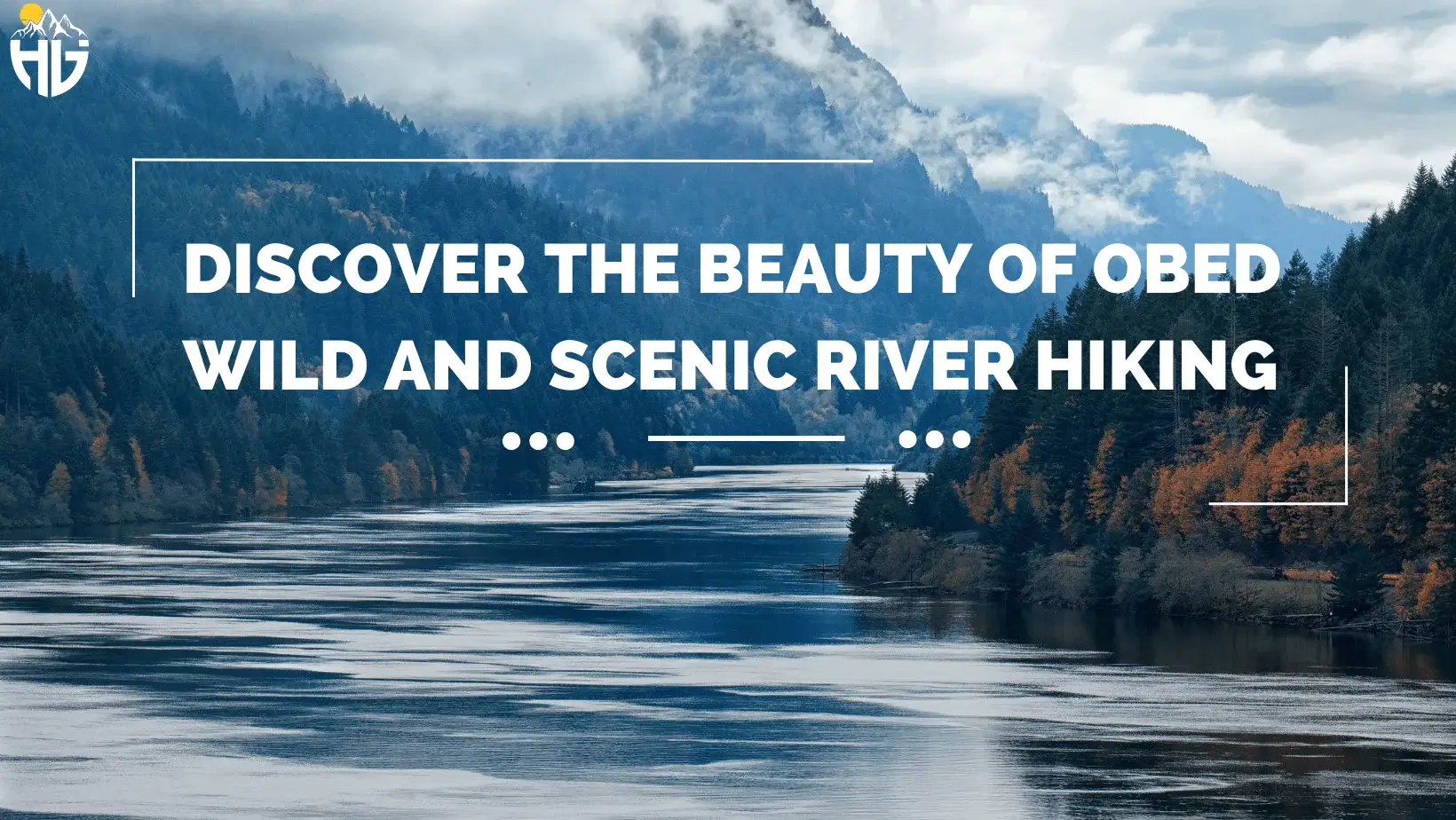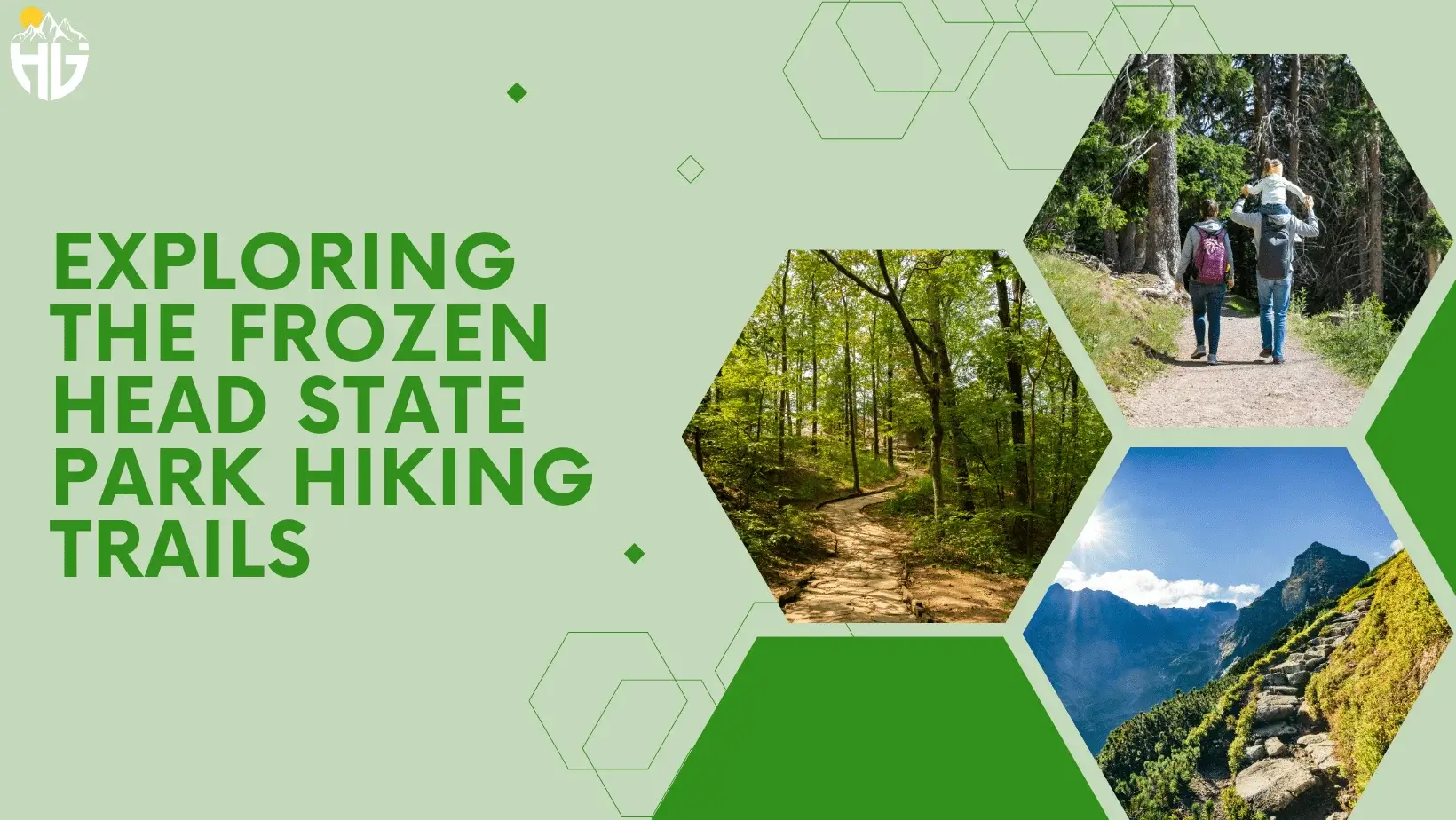How are Hiking Trails Made?

Hiking trails are a crucial component of outdoor recreation because they allow people to discover and connect with nature while enhancing their physical and mental well-being.
These trails provide an access to a variety of experiences, from strolls through beautiful landscape to a strenuous hike up a steep mountain. Hikers can learn about the local environment and history by following hiking trails.
This article examines the creation of hiking trails, from planning and preparation to construction and upkeep.
We’ll examine the procedures involved in planning and constructing a hiking trail, the equipment and supplies required, and the methods used to ensure the route is secure and long-lasting.
We can better appreciate the labor that goes into making these priceless resources and develop a deeper appreciation for the natural world around us by understanding how hiking trails are made.
Planning and Preparation: Hiking trails building
Before any shovel hits the ground, there are several critical steps involved in planning and preparing to build trails.
All of those steps are explained below
Research and Surveying the Area of Hiking Trail
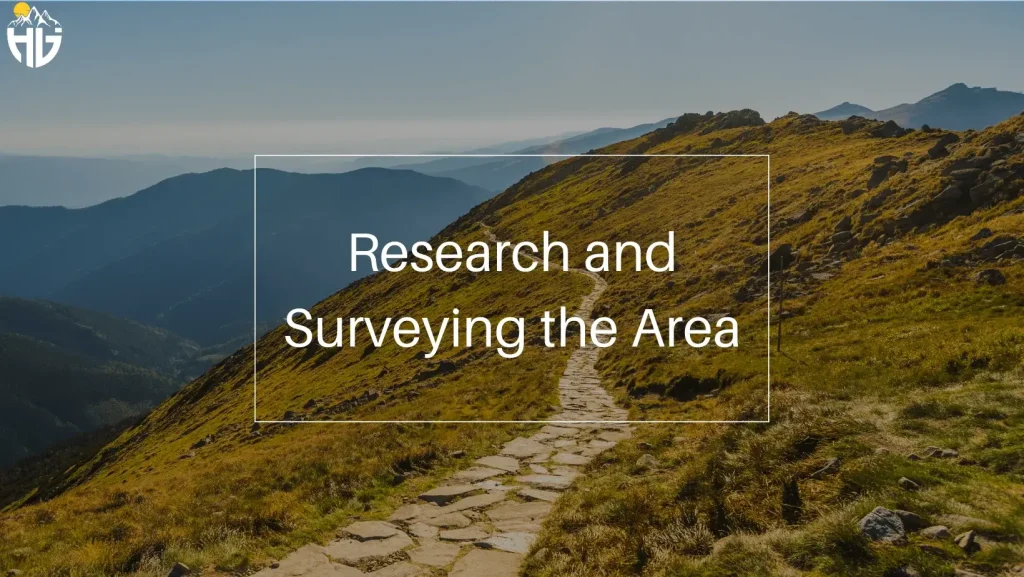
This phase of the process is essential for ensuring that the whole route meets the needs of hikers while also protecting the natural environment.
The first step in trail development is investigating and surveying the potential location. This entails carrying out a comprehensive investigation of the area’s topography, flora, and fauna.
Park officials and trail designers must be aware of the local natural features to choose the best route and reduce its environmental impact.
Determining the Purpose of the Trails
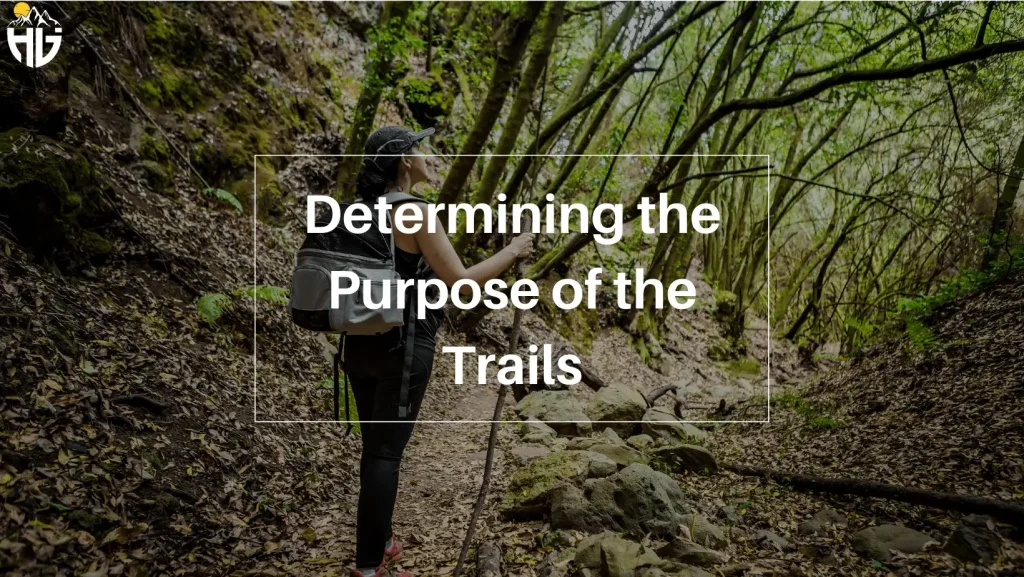
It’s time to decide what the trail will be used for after the surveyed area. Is it designed for mountain bikers, runners, or trekkers? Will the path be circular or one-way? Will it be a short, straightforward trail or a harder one.
It will be easier to decide on the trail’s design, degree of difficulty, and other features if the purpose of the route is clear.
Collaboration with Trails Builders and Other Stakeholders
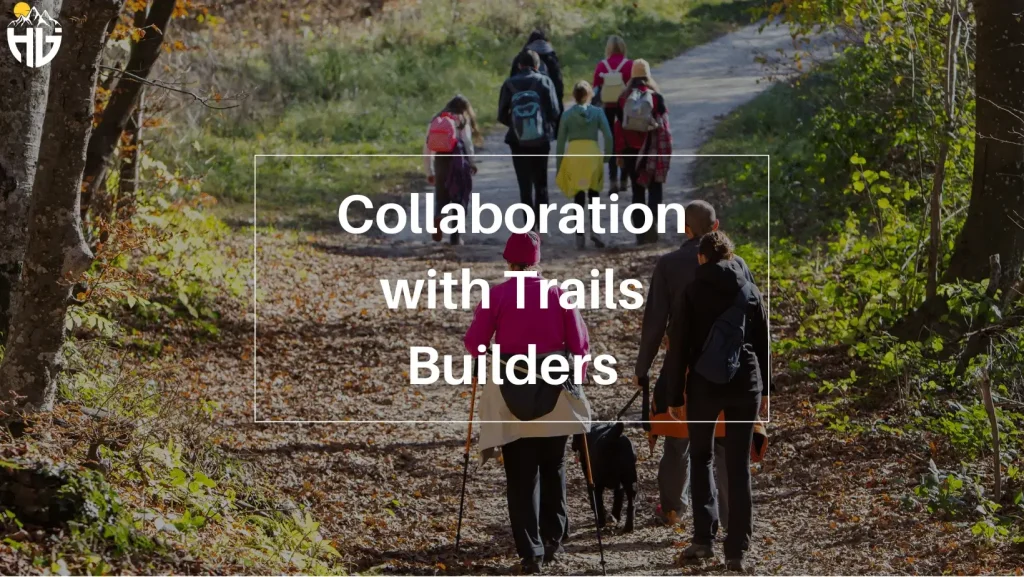
Cooperation with park officials and other stakeholders is crucial in the planning and preparation stage. All necessary parties must be involved, including staff of the national parks, environmental organizations, nearby communities, and other trail users.
These organizations will have helpful information about the surrounding area, the trail’s potential effects, and other factors that could influence the trail’s design.
Hiking Near Knoxville Tennessee: 20 Hiking Trails
Identifying Potential Issues and Risks With Hiking Trails
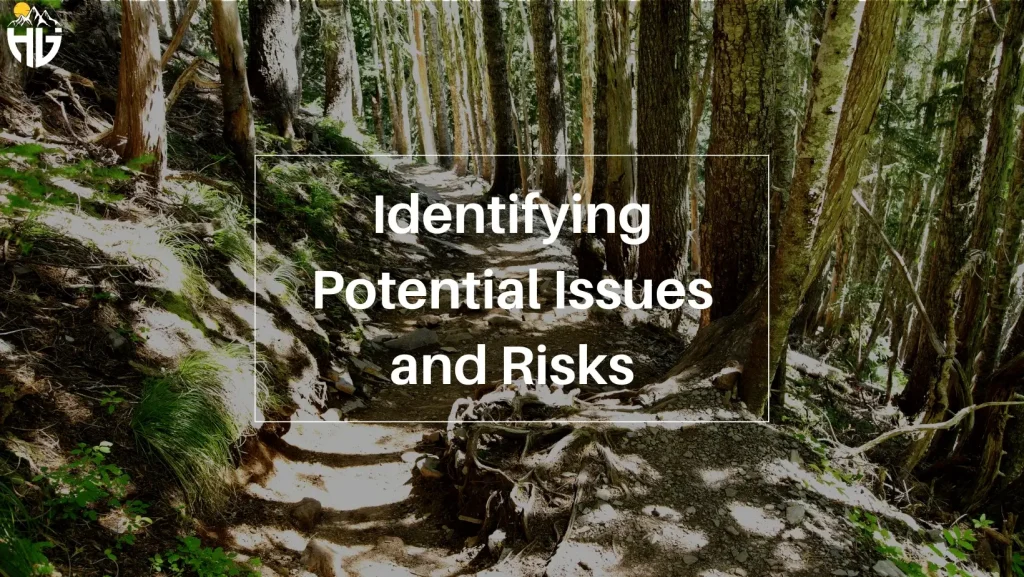
Safety issues, accessibility issues, and environmental concerns are just a few examples of potential issues.
Early detection of these problems allows trail builders to take the appropriate action to resolve any potential issues and guarantee the sustainability, safety, and usability.
Building trails requires careful planning and preparation. A route that satisfies hiker needs can be built:
- preserving the nature by conducting extensive research
- defining the trail’s purpose
- working with park officials and other stakeholders,
- identifying potential issues and risks.
The following sections will discuss the design and layout stage of creating a hiking trail.
Design and Layout: Collaborating with Hiking Trails Designers
Once the planning and preparation phase is complete, the next step in trail building is designing and laying out the blueprint.
Choosing the Best Route

Examining several aspects, such as topography, soil type, water flow, and natural elements like rock formations and streams, is necessary to choose the best hiking trail route.
Environmental concerns for trail construction include erosion control, the preservation of sensitive areas, and the trail’s effect on wildlife habitats.
Creating a Detailed Map of the Trails
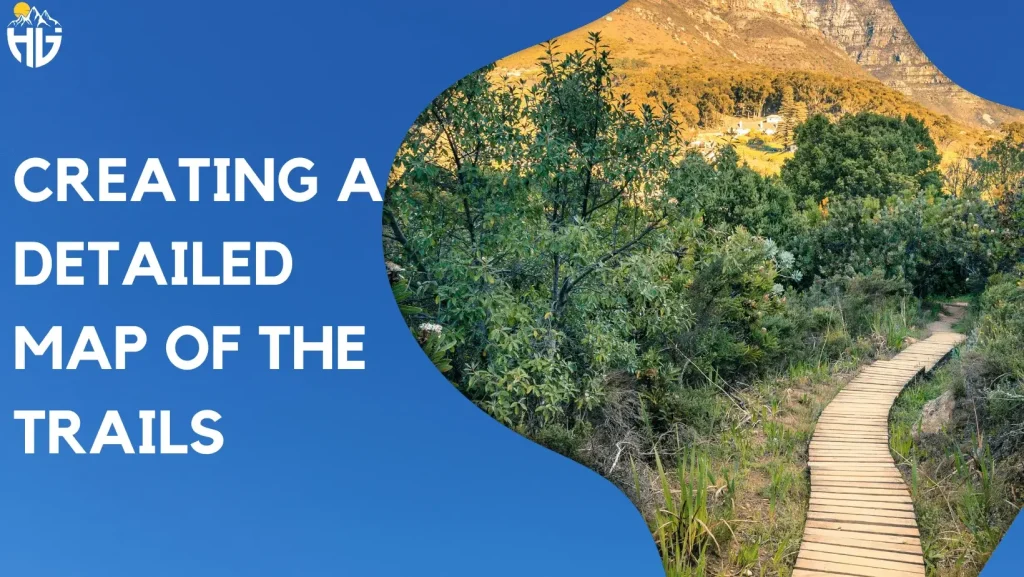
For hardcore hikers to have an accurate and instructive guide to the trail, a detailed map of the route must be created.
Essential details like trailheads, parking lots, landmarks, and points of interest should be included on the map. Travelers can navigate the trail more safely and efficiently with a well-designed map.
Determining the Trails Length and Level of Hiking Difficulty

For Travelers to enjoy the great outdoors safely and comfortably, it is crucial to determine the length and difficulty of the route.
Trail workers must consider the terrain, elevation gain, and other obstacles to gauge a trail’s difficulty. They must also consider the typical hiker’s physical capabilities, required equipment for hike, and skill level.
Building Trailheads and Signage For Hiking
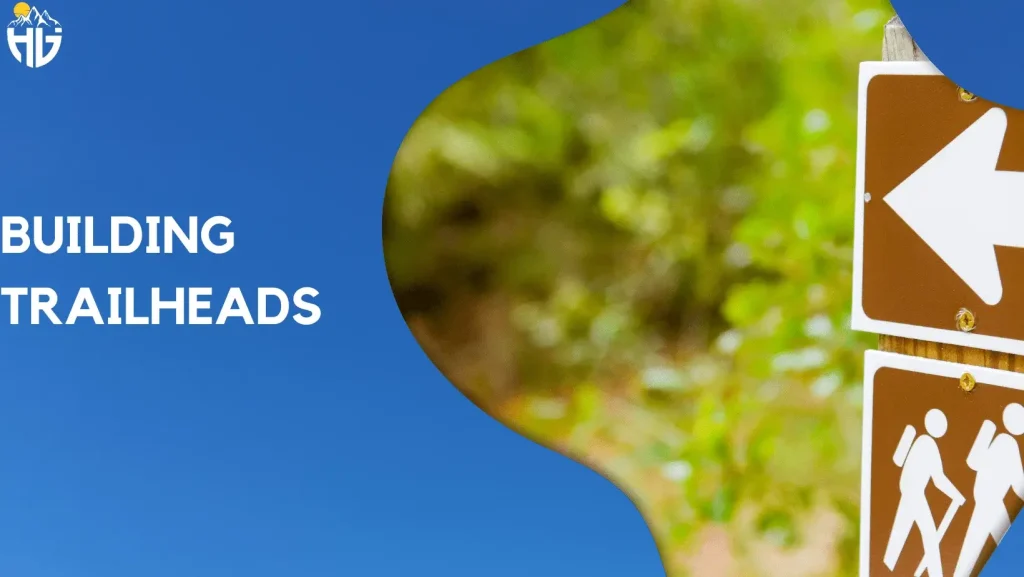
Every route must have trailheads and signage. In addition to offering amenities like parking spaces, restrooms, and information booths, trailheads serve as a starting point for potential hikers.
Signage directs trekkers to specific locations along the trail, informs them of any restrictions, and alerts them to dangers.
A hiking route requires meticulous planning and attention to every last detail. A trail can be safe, accessible, and enjoyable for travelers of all abilities by:
- selecting the best route
- drawing up a detailed map
- figuring out its length
- degree of difficulty
- erecting trailheads and signage
Route Construction: Building a Hiking Trails That Lasts

Once the design and layout of a hiking trail have been completed, it’s time to start construction. This phase consists of the following steps:
Creating a Clear Path For Hiking Trails
Path clearing is the first stage of trail construction. This entails clearing rocks, trees, and other obstructions from the trail’s planned path. A trail’s environmental impact must be minimal, especially in sensitive areas like wetlands or wildlife habitats.
Retaining Walls, Steps, and Switchbacks Hiking Trails
A safe, long-lasting hiking trail must be built with retaining walls, steps, and switchbacks. These elements aid in trail stabilization and improve hiker accessibility.
Steep mountain slopes are stabilized by retaining walls, and switchbacks and steps assist travelers in safely negotiating hazardous terrain.
Constructing Drainage Features
A hiking trail’s long-term viability depends on proper drainage. Trail crew must build drainage features like culverts and water bars to divert water off the path. These elements must be built to withstand natural forces like hail and snowmelt.
Establishing a Sustainable Trail Surface
The portion of the trail that Travelers walk on is called the trail surface, and it is crucial to create a surface that can withstand wear and tear from frequent use.
A surface that is suitable for the trail location, soil type, and intended use must be chosen by trail builders. Materials like crushed rocks, gravel, and soil can be used to build a long-lasting and sustainable trail surface.
Trails Maintenance and Management: Keeping Your Hiking Trail Safe and Accessible
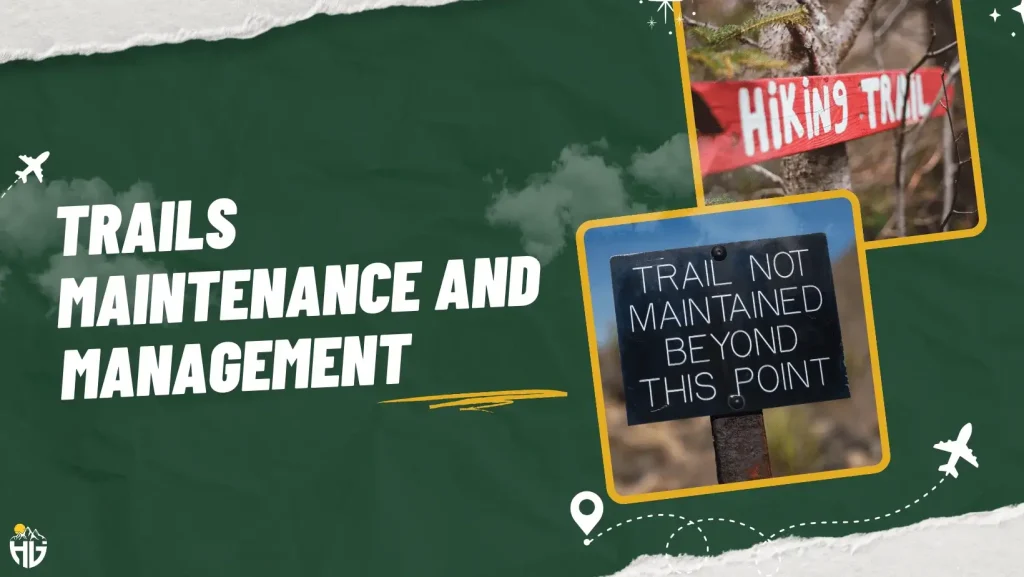
Maintaining and managing a hiking trail is essential for ensuring its long-term sustainability and safety. This involves the following steps:
Regular Maintenance Tasks
For the route to remain accessible and safe, regular maintenance chores like vegetation pruning, repairing damage, and removing fallen trees of the forest are necessary.
These tasks are necessary to maintain the trail’s good condition and accessibility for travelers of all experience levels.
Monitoring the Trail’s Condition and Safety
Keeping track of the trail’s safety and condition is essential to spot potential hazards and guarantee hikers’ safety.
Managers and forest service must routinely inspect the path for evidence of erosion, signs of wild animals in the surrounding forest, or other hazards that might obstruct travelers’ progress.
They must also ensure the trail’s drainage features are working correctly.
Establishing Trails Etiquette and Educating Hikers
Maintaining a safe and enjoyable hiking experience depends on establishing trail etiquette and educating travelers .
They must know the value of staying on the designed route, picking up after themselves, and respecting wildlife habitats by trail managers.
Strategies for Managing High Traffic Areas
To keep them safe and accessible, high foot traffic areas like trailheads and well-known viewpoints need additional management techniques.
It may be necessary for managers to put in place measures like parking restrictions, shuttle services, or a cap on the number of hikers who can use the trail simultaneously.
A hiking route needs to be managed and maintained consistently. Managers can guarantee that the trail is safe and accessible for everyone of all abilities by:
- carrying out routine maintenance tasks,
- monitoring the condition and safety
- establishing trail etiquette and educating
- putting strategies for managing high-traffic areas into place.
Hikers, trail maintainer, and national park staff work together to create and maintain hiking trails, so everyone must do their part to protect these priceless natural resources.
Conclusion
Hiking trails connect us to nature and preserve our environmental resources. Hiking trails promote outdoor recreation, habitat conservation, and environmental awareness by providing access to wilderness areas. They also boost local economies by attracting tourists and supporting outdoor recreation businesses.
Hiking trails can harm the land and local communities if not managed properly. Trail erosion, littering, and wildlife habitat damage can result from overuse or improper maintenance. To preserve hiking trails for future generations, travelers and managers must work together.
In conclusion, hiking trails are precious resources that must be preserved. Staying on trails, packing out trash, and respecting wild places are our responsibilities as hikers and trail crew. We can preserve these natural resources for future generations by working together.
Let’s do the trail work and maintain our hiking trails.
Frequently Asked Questions
How do you make a trail in the woods?
To make a clear path in the woods, first research the land and determine the purpose. Then, clear the path, build retaining walls, steps, and switchbacks, construct drainage features, and establish a sustainable trail surface. Finally, regularly maintain and manage the route, including pruning vegetation, monitoring safety, establishing trails etiquette, and managing high traffic areas.
Are hiking Trails an Environmental Hazard?
Hiking trails have the potential to be an environmental hazard if not managed correctly. Overuse of trails can lead to erosion, littering, and damage to wildlife habitats. However, with proper planning, construction, and maintenance, hiking trails can be designed to minimize their impact on the environment.
Can Hiking Trails be Developed Naturally?
Hiking trails can be developed naturally by following the contours of the land and minimizing their impact on the surrounding environment. By using sustainable trail building techniques and carefully selecting the trail’s route, it’s possible to create a path that blends seamlessly into the landscape and requires minimal maintenance.


